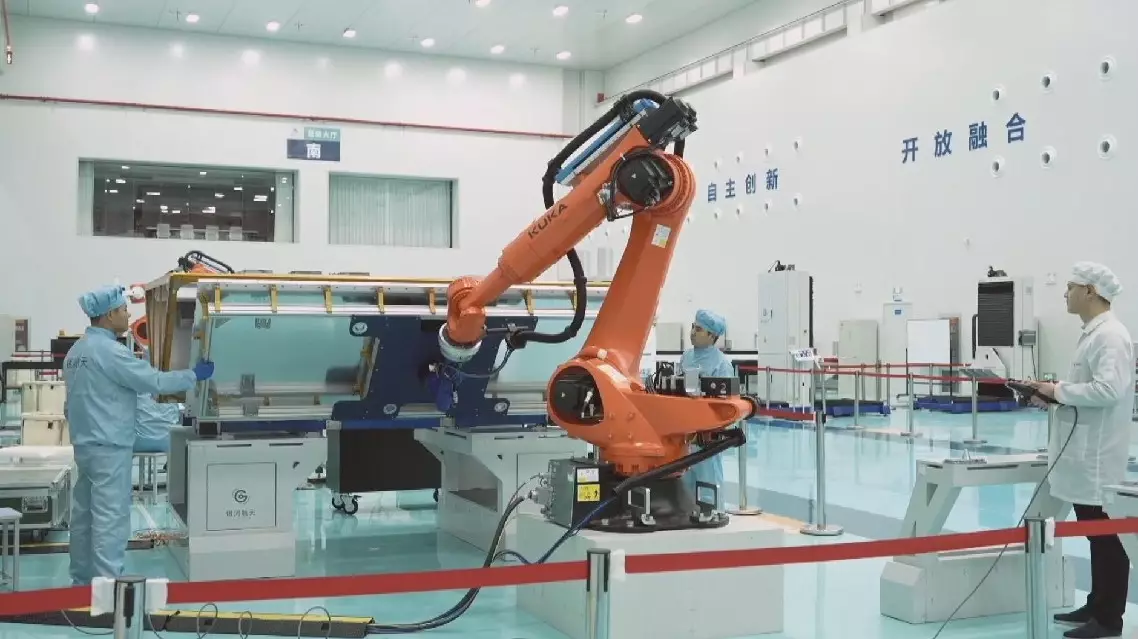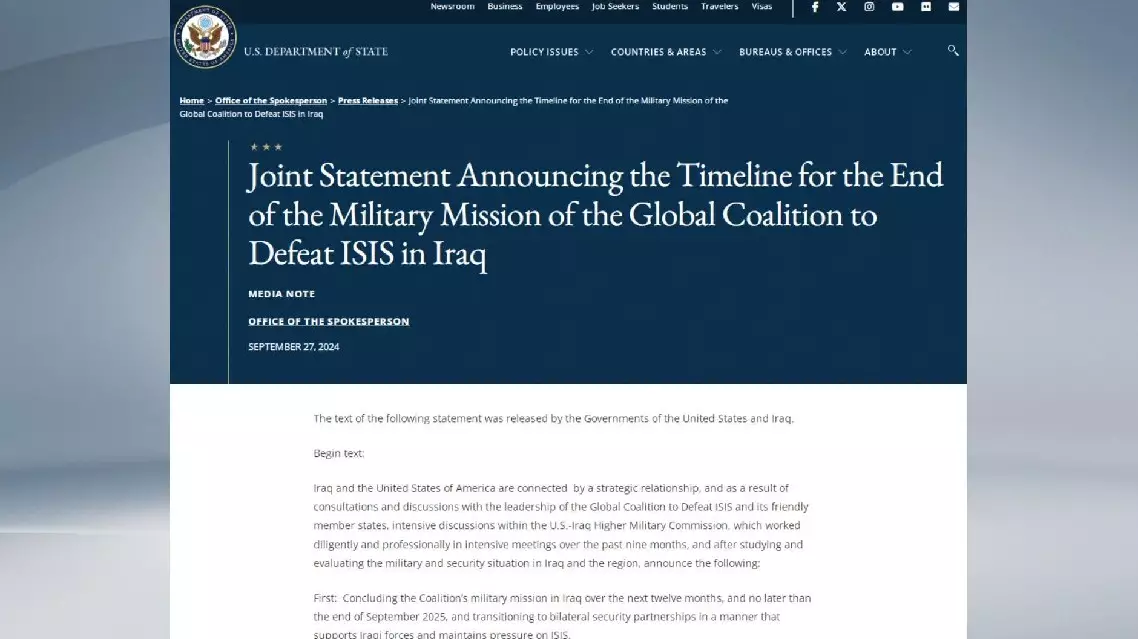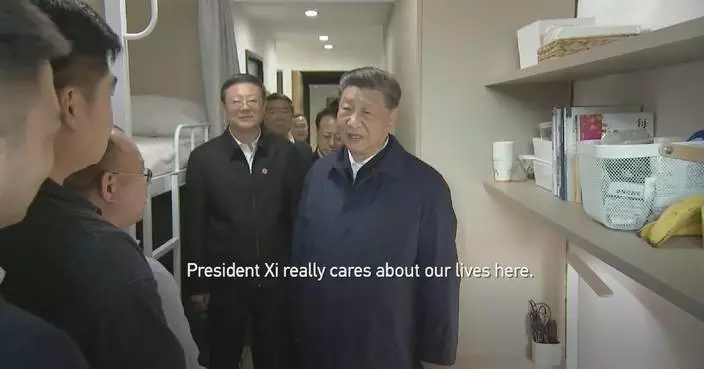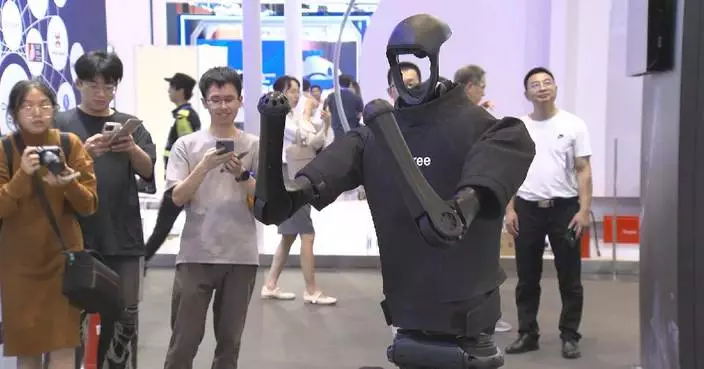Jiangsu Province in east China is building itself into a hub of advanced manufacturing through industrial agglomeration.
The province has fostered 16 advanced manufacturing clusters and 50 key industrial chains in various sectors. In 2023, the total added value of the manufacturing sector across Jiangsu amounted to 4.66 trillion yuan (about 664.6 billion U.S. dollars), accounting for 36.3 percent of the regional gross domestic product. During the same period, the high-quality development index of the manufacturing sector hit 91.9, ranking first nationwide.
In the first eight months of this year, the province's value-added of industries above the designated size grew by 8 percent year on year.
At a workshop of Chinese satellite internet startup GalaxySpace in Nantong City, satellites are being manufactured in large quantities. Cheng Jinhua, product director of satellite pipeline, said that the manufacturing cycle time has been significantly reduced so far.
"The previous production cycle took about 60 days to produce one satellite. But now, we can basically complete one satellite in five days, through the mass production and ongoing refinement of host costs," noted Cheng.
Xu Ying, general manager of public affairs at the satellite maker, said that increased capacity comes not only from improvement in research and development capabilities, but from industrial agglomeration, a form of spatial organization in which the same industry or related enterprises are relatively concentrated within a specific geographical scope.
She further explained that certain manufacturing processes being utilized nowadays do not align with conventional satellite production methods. Instead, they are adopted from companies specializing in automotive component manufacturing.
"As of now, the number of our industry partners has grown from 100 to 1,000, and during this period, we have done a lot of exploration in reducing the cost of satellite production," said Xu.
As the industrial agglomeration effect is emerging, the industrial chains in the province have extended.
"A total of 10 clusters in Jiangsu have been identified as national-level advanced manufacturing clusters, with nine of them being included in strategic emerging industries. Some of these industry chains have attained international competitiveness, influencing the growth of six trillion-yuan-level industries across the province. And our regional collaboration capability has been further enhanced," said Zhao Juan, an official of the Department of Industry and Information Technology of Jiangsu Province.
To further boost the integration of large, medium and small-sized enterprises, more efforts will focus on identifying the strengths and weaknesses of key industry chains as well as continually establishing enterprise technology centers, manufacturing innovation centers, and technological innovation demonstration enterprises.
"Each of our 50 key industrial chains has established a database, which includes five quasi-core companies, 20 backbone companies, and 100 key companies. We have also adopted a 'one chain, one strategy' approach to carry out coordinated digital transformation and continue to empower new industrialization with artificial intelligence to accelerate the development of application scenarios in the industrial field. We have established a nurturing system for future industry that spans from cutting-edge technologies to application scenarios and the vanguard for the entire industrial development, and promoted technological innovation and industrialization to accelerate the formation of new quality productive forces," said Zhu Aixun, director of the Department of Industry and Information Technology of Jiangsu Province.

Industrial agglomeration promotes advanced manufacturing in Jiangsu









